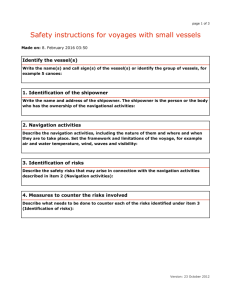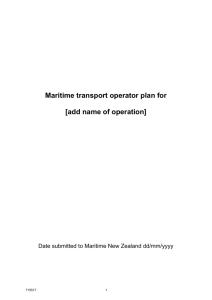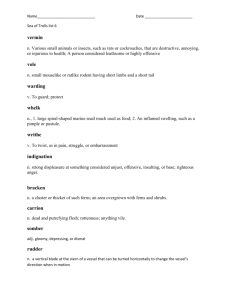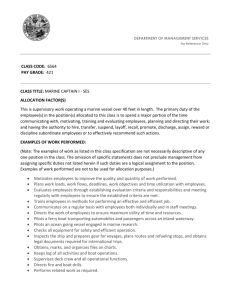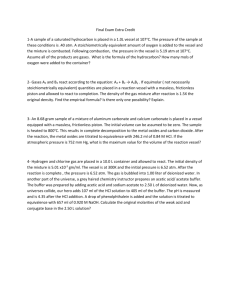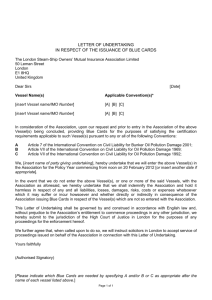ALFA_Crew_Fatigue_and_Observer_Safety_Concerns
advertisement
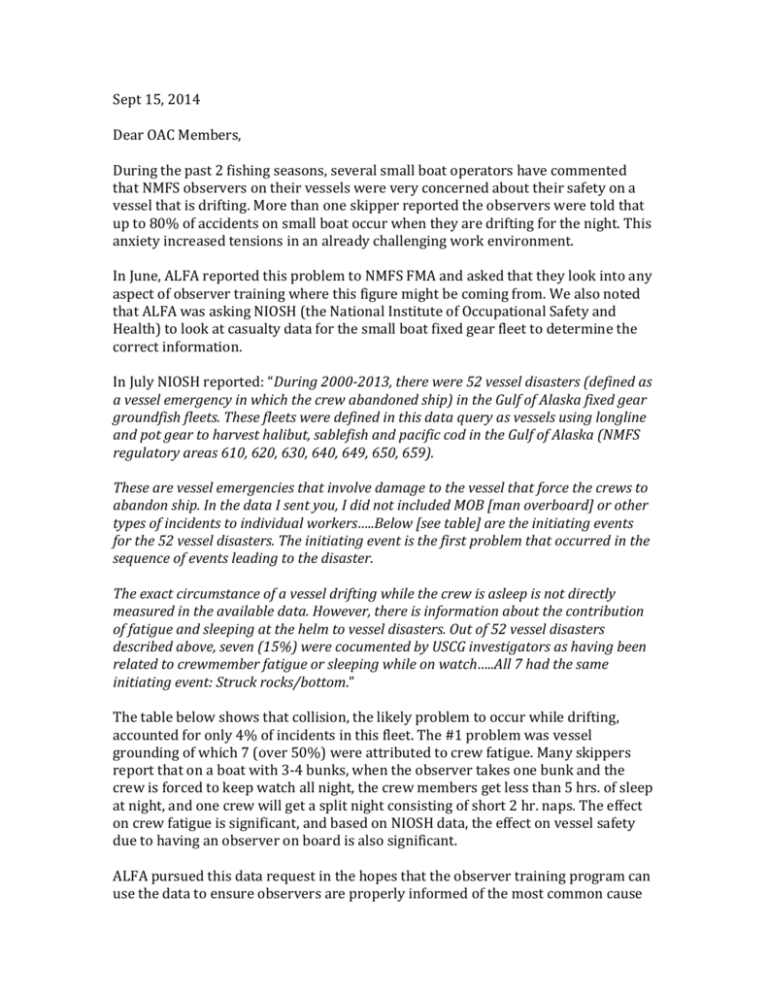
Sept 15, 2014 Dear OAC Members, During the past 2 fishing seasons, several small boat operators have commented that NMFS observers on their vessels were very concerned about their safety on a vessel that is drifting. More than one skipper reported the observers were told that up to 80% of accidents on small boat occur when they are drifting for the night. This anxiety increased tensions in an already challenging work environment. In June, ALFA reported this problem to NMFS FMA and asked that they look into any aspect of observer training where this figure might be coming from. We also noted that ALFA was asking NIOSH (the National Institute of Occupational Safety and Health) to look at casualty data for the small boat fixed gear fleet to determine the correct information. In July NIOSH reported: “During 2000-2013, there were 52 vessel disasters (defined as a vessel emergency in which the crew abandoned ship) in the Gulf of Alaska fixed gear groundfish fleets. These fleets were defined in this data query as vessels using longline and pot gear to harvest halibut, sablefish and pacific cod in the Gulf of Alaska (NMFS regulatory areas 610, 620, 630, 640, 649, 650, 659). These are vessel emergencies that involve damage to the vessel that force the crews to abandon ship. In the data I sent you, I did not included MOB [man overboard] or other types of incidents to individual workers…..Below [see table] are the initiating events for the 52 vessel disasters. The initiating event is the first problem that occurred in the sequence of events leading to the disaster. The exact circumstance of a vessel drifting while the crew is asleep is not directly measured in the available data. However, there is information about the contribution of fatigue and sleeping at the helm to vessel disasters. Out of 52 vessel disasters described above, seven (15%) were cocumented by USCG investigators as having been related to crewmember fatigue or sleeping while on watch…..All 7 had the same initiating event: Struck rocks/bottom.” The table below shows that collision, the likely problem to occur while drifting, accounted for only 4% of incidents in this fleet. The #1 problem was vessel grounding of which 7 (over 50%) were attributed to crew fatigue. Many skippers report that on a boat with 3-4 bunks, when the observer takes one bunk and the crew is forced to keep watch all night, the crew members get less than 5 hrs. of sleep at night, and one crew will get a split night consisting of short 2 hr. naps. The effect on crew fatigue is significant, and based on NIOSH data, the effect on vessel safety due to having an observer on board is also significant. ALFA pursued this data request in the hopes that the observer training program can use the data to ensure observers are properly informed of the most common cause of vessel disasters in the small boat fleet, and the effect of crew fatigue on vessel safety. We continue to support development of alternatives such as EM which allow at-sea dat to be collected from vessels where carrying a human observer is impractical and increases safety concerns. Sincerely, Dan Falvey GOA Longline and Pot Vessel Disasters Initiating Event Struck Rocks/Bottom Flooding Instability Fire/Explosion Struck by Large Wave Prop Entanglement Engine Failure Collision Struck by Wind Gust Steering Failure Unknown Events Number 13 11 8 6 5 2 2 2 1 1 1



